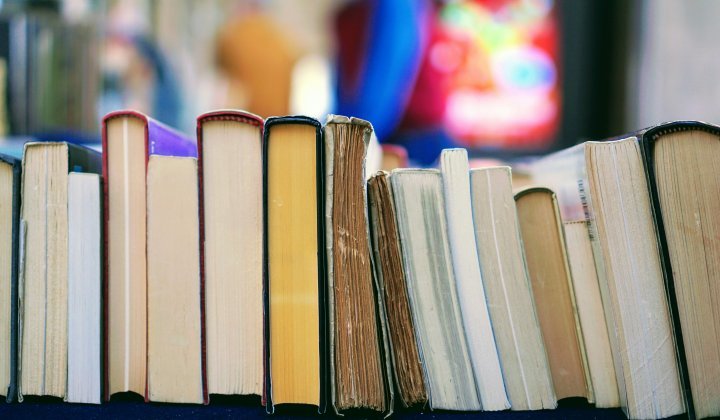Acumen's wine expert picks three of the best at three different price points: Everyday, Dinner Party and Out To Impress.
Out To Impress
One of the trends in modern local winemaking is for winemakers to set up their own brands on the sidelines of the main brand they are hired to represent. One thinks of the four superb wines under the Savage label made by Duncan Savage of Cape Point Vineyards; the delicious drinkability of the Yardstick wines made by Adam Mason of Mulderbosch; the elegance and refinement of the Max Mossop range made by the man who draws a salary from Tokara, amongst others. A relatively new entrant into the ‘side-project’ field is Craven Wines, made by husband and wife team, Australian Mick (Mulderbosch) and Saffer Janine (Dornier Wines). They’ve added several new wines to their maiden Clairette Blanc of last year. All are characterised by low alcohol levels, freshness, exuberance and a minimalist approach to winemaking. Let the grapes do the work is the mantra of most of the new generation. Sometimes the ‘natural’ approach results in funky wines that are best left to geeks. Not with the Cravens. My favourite of the four current releases is the 2014 Syrah made from Faure grapes. Bursting with flavour despite the very modest ABV of 11.4%. There’s a precision and purity about the wine that is immensely appealing. It’s delicious, and fairly priced at R150.
Dinner Party
Wine competition results generally raise at least a few eyebrows. But more eyebrows were raised than is usual, and they were raised higher, in June, when the results of the Old Mutual Trophy Wine Show (OMTWS) were announced. Not only was the generally unheralded (and a corporate brand, nogal) Fleur Du Cap Shiraz 2013 chosen as the best Shiraz on show, it was also garlanded as the Best Red Wine. Questions about what the judges had been smoking was a common thread in conversation, especially when some writers bought a bottle, tasted it, and then opined with considerably less enthusiasm. But there is an explanation. Big volume wines like this are often made from different batches of grapes, and there can be, and in this case there was, a noticeable difference in quality between batches. Brand owner Distell has committed to identifying wines from the Trophy winning batch via a sticker. Buy the wine without it, and you get a perfectly decent, well-made, sweet-fruited, slightly peppery Shiraz, which at R79 provides a very decent return on outlay. The sticker identifies a wine with much greater depth, focus, complexity and oomph. And at the same asking price it provides exceptional value. And the opportunity to raise your own eyebrows!
Everyday
The industry is rife with stories of farmers pouring excess wine down drains or pumping into dams because it’s the most economical way of disposing of unlikely-to-be-sold liquid before going to the expense of bottling and labelling. Some of these stories might even have a grain of truth about them. What is indisputable is that some very big name cellars dispose of wine in bulk when it’s thought the quality falls short of what the brand stands for. I know of one luminary farm that sold at R10 a litre a wine that wasn’t up to the standard of that farm’s calling card red blend. And this practice can lead to incredible bargains. Such as the Secret Cellar Merlot Malbec Cabernet Sauvignon No.702 2103. (Exclusive to Ultra Liquors.) Wine Dept. Head. Mark Norrish, won’t say more than that the wine comes from a very well-known cellar. Its quality is emphasised by the Discovery of the Show Award at the OMTWS. It’s a very, very good wine with deep dark fruit and fine tannins and an uplifting acidity that belies its laughably low price of R29 a bottle. No wonder Ultra restricts buyers to 6 bottles. Otherwise I’d buy the lot for myself.






